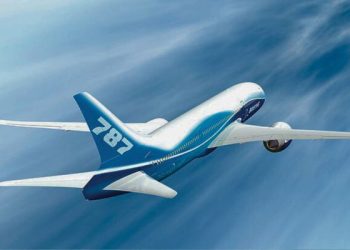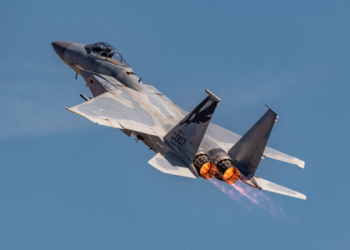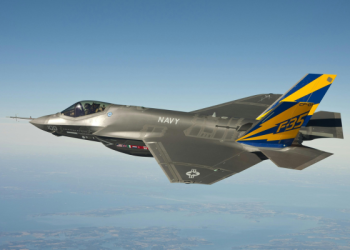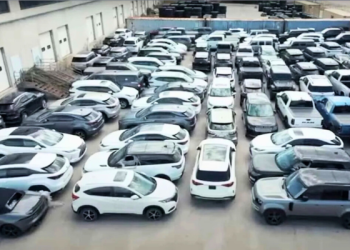A breakthrough in aircraft design could soon reshape the skies, promising reduced carbon emissions from aviation—a sector responsible for 2-3% of global CO₂ output. JetZero, a US-based start-up, is working on a revolutionary “blended wing” aircraft, expected to take its first flight over California by 2027. The innovative design, which merges the wings and fuselage, is modelled after stealth bombers and has garnered attention from airlines worldwide.
JetZero’s co-founder and CEO, Tom O’Leary, believes this new aircraft could be a game changer. “The aviation industry recognizes the urgency. We must act or risk heavy regulations,” he said in an interview. The blended wing design is projected to cut fuel use and emissions by 50%, a leap forward as airlines strive for net-zero emissions by 2050.
Achieving this net-zero goal will demand substantial innovation and investment. The International Air Transport Association (IATA) recently estimated that an annual investment of $128 billion is needed for sustainable aviation fuels (SAFs) and other clean technologies. “This is feasible but requires more government support,” IATA stated. SAFs can reduce emissions by up to 70% compared to conventional jet fuel, but the supply is currently limited. Only 1.5 million tonnes of SAF are produced annually, far from the 24 million tonnes required by 2030.
JetZero’s aircraft, which will carry 200-250 passengers, aims to fill the gap between single-aisle planes like Boeing’s 737 and Airbus’s A320, and larger twin-aisle models. O’Leary is confident this design can push the industry closer to net-zero goals, particularly if “all planes in 2050 are blended wing.”
While major aircraft manufacturers, Airbus and Boeing, have experimented with similar designs, JetZero aims to move faster. Last year, the company secured a $235 million contract from the US Air Force to develop a demonstrator aircraft, with Alaska Airlines and easyJet among its backers.
As the aviation industry races to decarbonize, some challenges remain. SAF production must scale up, and new technologies like hydrogen-powered aircraft need further development. Airbus has set an ambitious target to debut a hydrogen-powered plane by 2035, but questions remain about the availability of decarbonized hydrogen.
For now, the focus remains on SAFs. “In the 2050 timeline, SAF is likely the only solution to decarbonize long-haul flights,” said Robert Thomson, a partner at consultancy Roland Berger. Though the road ahead is long, airlines, governments, and manufacturers are pushing towards a greener future. “I think we can say yes, we’re on track,” IATA’s Marie Owens Thomsen remarked, though she acknowledged the journey remains uncertain.
JetZero’s upcoming demonstrator flight could signal the start of a new era in aviation, where fuel efficiency and sustainability finally align with industry growth. “There is hope,” O’Leary said. “If the planes of the future are all blended wing, we will get there.”
Read more on NASA unveils miniature 4.3 fee jet engine, a game-changer for aviation research







![An Airbus A320neo takes off for its first test flight [File AP]](https://autojournal.africa/wp-content/uploads/2025/12/An-Airbus-A320neo-takes-off-for-its-first-test-flight-File-AP-350x250.png)

![regional air travel in UK [Source Manufacturing Outlook]](https://autojournal.africa/wp-content/uploads/2025/11/regional-air-travel-in-UK-Source-Manufacturing-Outlook-350x250.png)
![Blue Island airlines [Source The Independent]](https://autojournal.africa/wp-content/uploads/2025/11/Blue-Island-airlines-Source-The-Independent-350x250.png)










